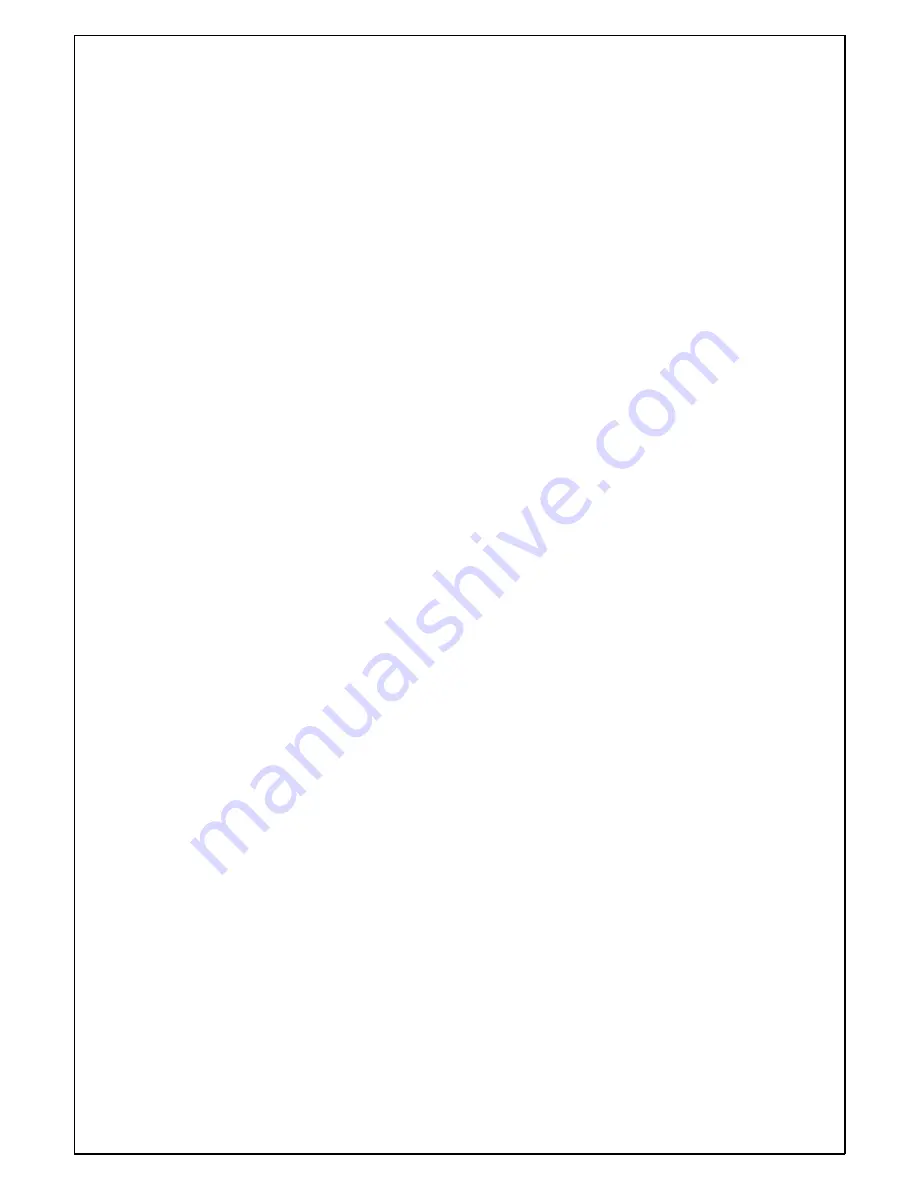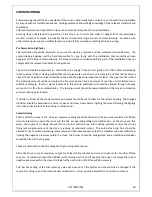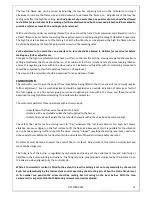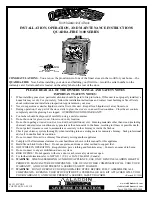
C07100DC023
47
THE FLUE
There is
often confusion as to the terms “flue” and “chimney” and for the purposes of this manual we define
whatever duct conveys the products of combustion as the flue, and the term chimney to mean any masonry
structure within which the flue may be contained. It is upon the flue’s ability to provide a consistent negative
pressure or draft that the efficiency and reliability of the stove will depend
and it is therefore important to
understand what can affect the flue’s performance and how to ensure the flue installation provides your stove
with the optimum operating conditions.
However well the fuel metering valve is calibrated, good combustion is dependent on the correct amount of air
being supplied to the stove at all times and this is ultimately dependent on a correct and stable negative flue
pressure. The initial flue draft is created by the gas confined within the flue being hotter and therefore lighter
than the air outside the flue. The tendency for the hot gas to move up the flue is proportional to the height of the
flue, since the difference in weight of equivalent columns of air and flue gas is greater the higher the column.
Whilst this may be theorectically true, in practice, because the temperature of the flue gas is cooled through the
wall of the flue and the flow is slowed by the friction of the internal surface of the flue, the benefits of extreme
flue heights are negated.
The need to minimise the fluctuating effects of wind by having very hot flue gas temperatures inducing the
greatest possible constant negative pressure within the flue, conflicts with the ideal of utilising all the heat
generated within the stove for heating.
The compromise is to ensure that whatever heat it is necessary to expend on creating a gas flow within the flue,
the flue makes the most efficient use of this heat by being constructed with an internal surface as smooth as
possible and by being thermally insulated. Both these requirements can be met in an existing chimney by lining it
with a stainless steel oil liner insulated with vermiculite or mineral wool, and where no chimney exists, double
walled insulated stainless steel flue systems are available.
ATMOSPHERIC INFLUENCES
Wind blowing across the flue terminal will increase the negative pressure within the flue proportionately to the
wind speed, but as wind speed is never constant the varying effect this has on the stove would be unacceptable.
To control this, the stove is fitted with a draft stabilizer. When the negative pressure approaches the desirable
upper limit the stabilizer will open, drawing air directly into the flue to supplement the flue gases coming from the
stove, thereby reducing the negative pressure to within its limits. When the wind speed decreases the stabilizer
will close to return the full negative pressure of the flue to the stove. When the stove is commissioned the
negative pressure within the stove is measured and the stabilizer is adjusted to suit the characteristics of the flue,
ensuring it gives the optimum control.
Содержание H11
Страница 1: ...MAZOUT OLIE OIL MODE D EMPLOI GEBRUIKSAANWIJZING INSTALLATION AND OPERATING INSTRUCTIONS ...
Страница 2: ...C07100DC023 1 ...
Страница 52: ...C07100DC023 51 FLUE CONNECTION IDEAL TO BE AVOIDED ...
Страница 53: ...C07100DC023 52 IDEAL TO BE AVOIDED ...
Страница 56: ...C07100DC023 55 ...
Страница 76: ...C07100DC023 75 ...
Страница 77: ...C07100DC023 76 SOTO DE LA MARINA CANTABRIA Apdo de correos 208 SANTANDER C07100DC023 04 2017 ...
















































